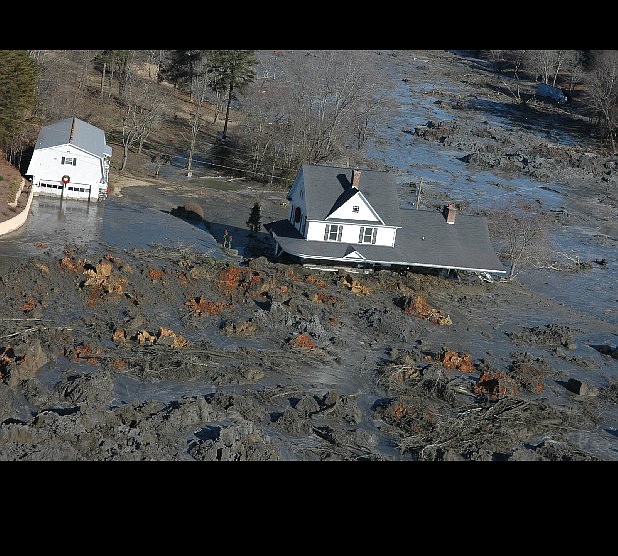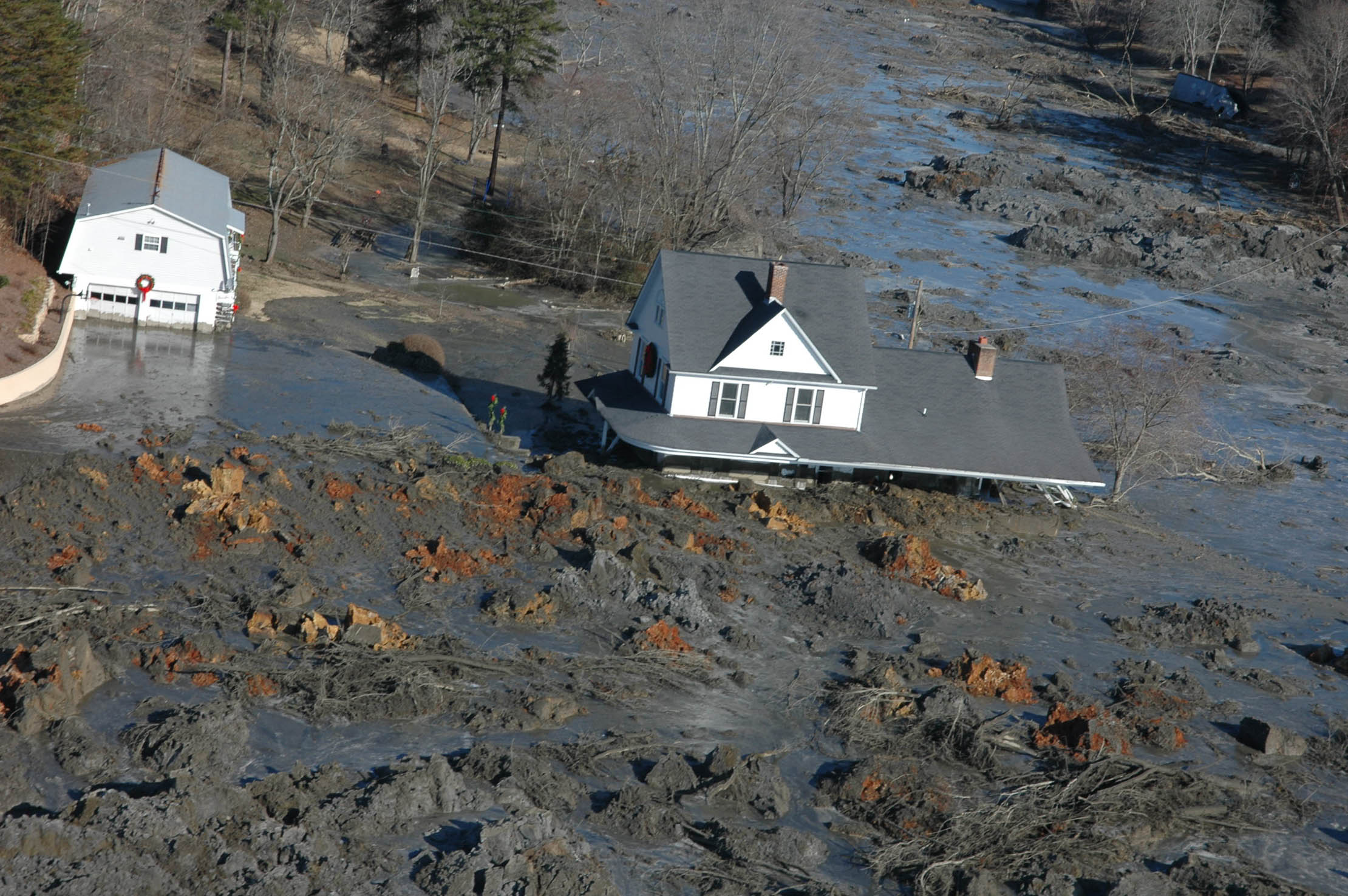The thick, grayish-black coal-ash slurry that came barging into lives in the dead of night is gone now, much of it loaded onto train cars and hauled away.
Around Swan Pond, ground zero for the catastrophe, the most heavily damaged homes have been torn down. New walking trails, fishing piers, docks and picnic areas have sprung up as part of a major restoration project.
The wounds to the landscape are gradually disappearing five years after the devastating coal-ash spill at the Tennessee Valley Authority's Kingston Fossil Plant. But no matter how much time passes or how much money is spent to undo the damage, scars remain.
"The people that were forced to leave their homes, to sell their properties to TVA and leave the community and neighborhood that they loved and never come back, that is an injury that can never be healed," said Lisa Evans, senior administrative counsel for the advocacy group Earthjustice.
"A community is made up of all sorts of things," she said. "Something here was definitely lost."
Work at the spill site is expected to continue into 2015 and cost $1.2 billion. The cost will be borne by ratepayers, who will see their utility bills jump an average of 69 cents a month until 2024.
Almost all of the 5.4 million cubic yards of coal ash that spilled into the Emory River and adjoining countryside five years ago have been removed. The cause of the spill was a plant storage pond that ruptured on Dec. 22, 2008, triggering a cascade of coal-ash slurry that polluted the river and damaged homes and nearby property.
As part of the cleanup, some 3.5 million cubic yards of the ash were scooped out of the Emory River, dried on site and transported by train to a landfill in Alabama. Most of the remaining ash, about 2.8 million cubic yards, has been moved back to the failed storage cell, where it will be stored permanently.
TVA officials explain that those 3.5 million and 2.8 million figures add up to more than the 5.4 million cubic yards that spilled because during cleanup, other soil materials came out with the ash.
Construction to reinforce the cell and turn it into a landfill has been underway for the past two years. The project includes a slurry wall that extends 70 feet underground and is designed to contain the ash in the event of an earthquake. In July, work crews began installing a plastic liner over the cell, which will be covered with clay and topsoil and then seeded. That work is about halfway done and should be completed next summer.
Some 510,000 cubic yards of the ash remain spread out over 200 acres of the lower section of the Emory River and will not be removed. Removing the ash without disturbing other contaminants from Oak Ridge National Laboratory's nuclear reservation would be difficult, expensive and offer little protection to the river's ecosystem, said Craig Zeller, the U.S. Environmental Protection Agency's project manager for the cleanup.
"We just didn't find a lot of what I would call long-term impacts to the ecosystem out there, and it wasn't for lack of trying," Zeller said, citing a study that examined the effect of leaving the ash in the river.
Still, TVA will continue to monitor the river's ecological system for the next 30 years.
Next month, TVA will enter the final phase of the restoration effort when it begins a $7 million project that will include some additional recreational amenities, such as a boat ramp, pedestrian bridge and fishing pier, as well as shoreline stabilization and wetland development. That project is scheduled for completion in 2015.
Asked if he was satisfied with the cleanup and recovery effort, Zeller said, "I think we've accomplished a great deal.
"We hope this doesn't happen again, and that's what we're working toward," he said. "The last five years haven't been easy. It has been extremely challenging, but I think we have got a lot to be proud of."
Kingston Mayor Troy Beets said TVA's response to the spill has been "more than satisfactory."
"They didn't always do what we asked them to do, but they were always responsive to our questions," Beets said. "They were proactive in doing some things that didn't have to be asked of them. If we needed a meeting, we got a meeting. If they had something come up they thought we needed to be made aware of, they made us aware of it."
Beets chaired the Roane County Economic Development Foundation, which was set up to decide how to distribute the $43 million that TVA paid to repair the local economy and invest in infrastructure improvements.
Some $32 million of that money went for projects at nine schools. The other $11 million was used for various projects, such as expansion of a sewer processing plant in Kingston, renovation of a theater in Harriman, and work on a recreational complex in the county.
Still, not everyone is satisfied with the cleanup and recovery effort.
Andy Avel, who serves on a community advisory group of affected residents, lives along the Emory River, about a mile upstream from the spill. Much of the dredging and coal ash removal happened right outside his back door.
Many residents are upset with the way TVA handled the cleanup work, Avel said.
Pleas to clean up the construction site and keep the community informed about what was happening usually went unheeded, he said.
"They haven't been open, they haven't been honest," Avel said. "They've been bad neighbors while they've been doing all of this."
What's more, many residents fear that, if such a catastrophe happened once, it could happen again, Avel said.
"We very much have the feeling that TVA will do whatever it wants to do, and the regulating agencies either don't have an interest in regulating them or they can't regulate them," he said.
Kathryn Nash, TVA's project manager for the cleanup and recovery, said the utility has kept its word.
"The commitments that TVA made, we're following through on," she said. "We've got about a year to go, and we're doing what we said we would do."
Contact Michael Collins at collinsm@shnsnews.com or 202-408-2711.

